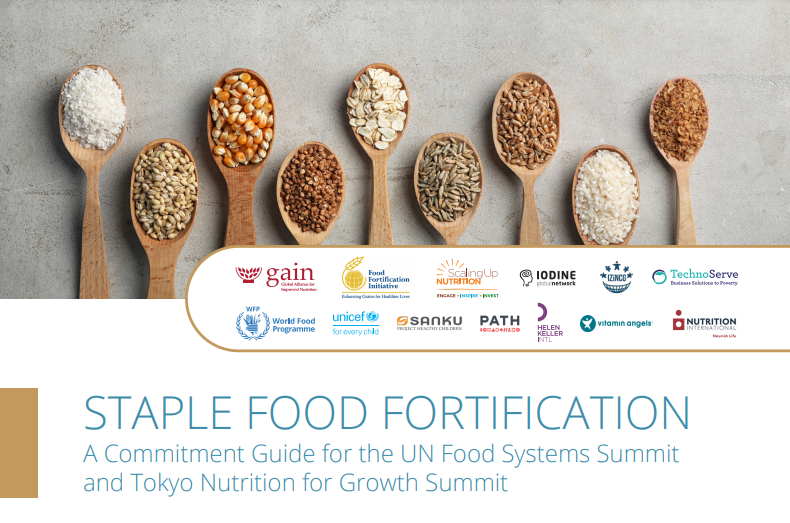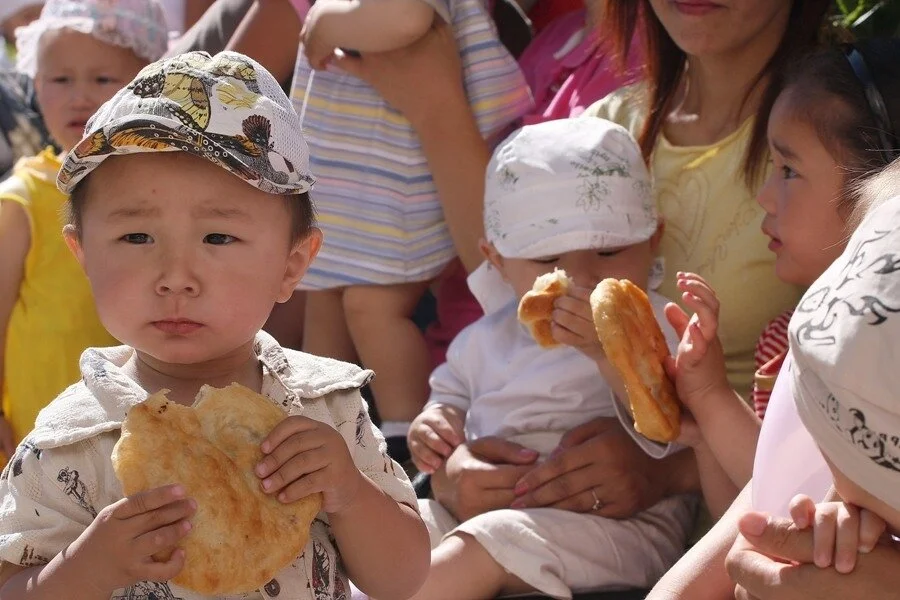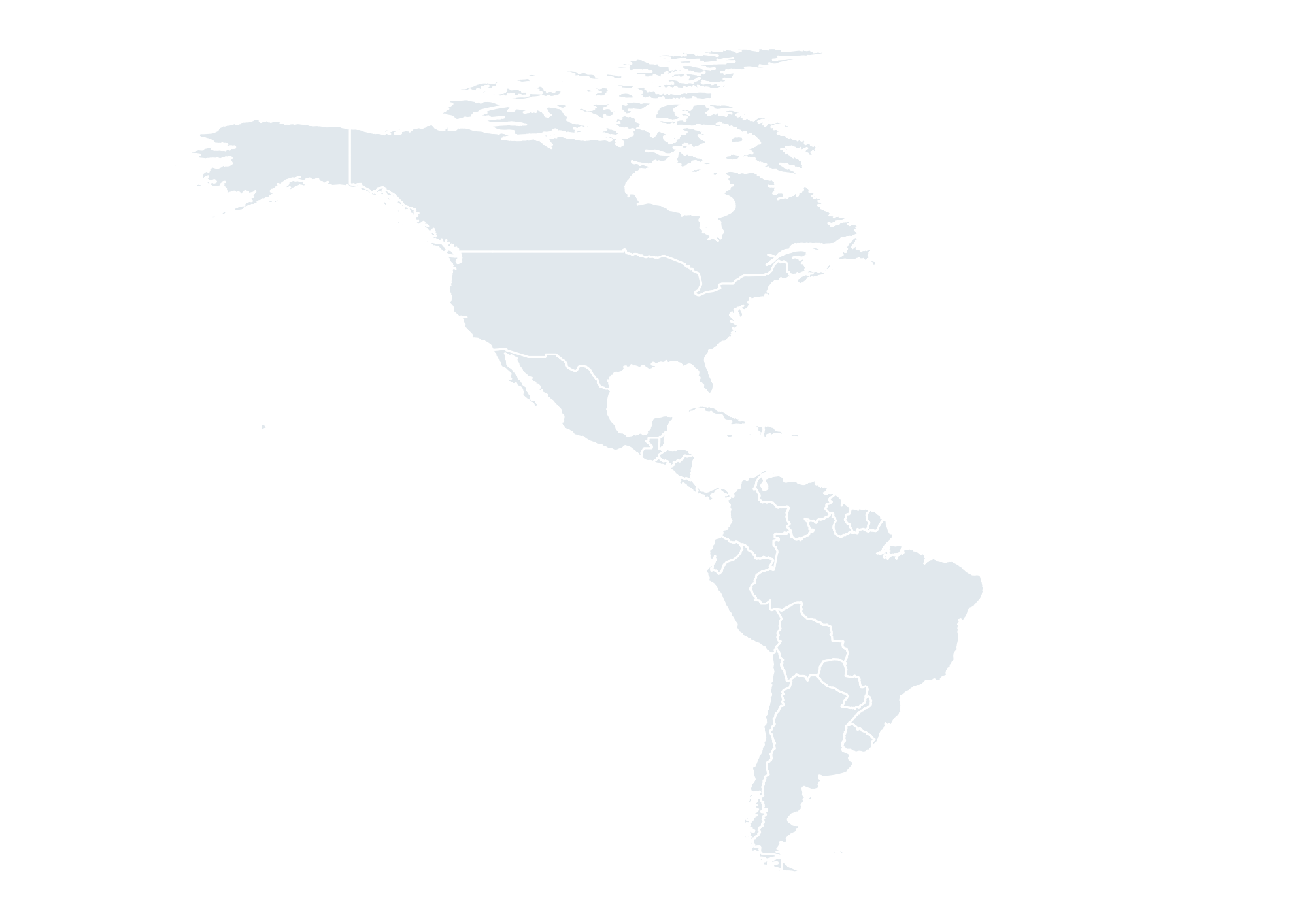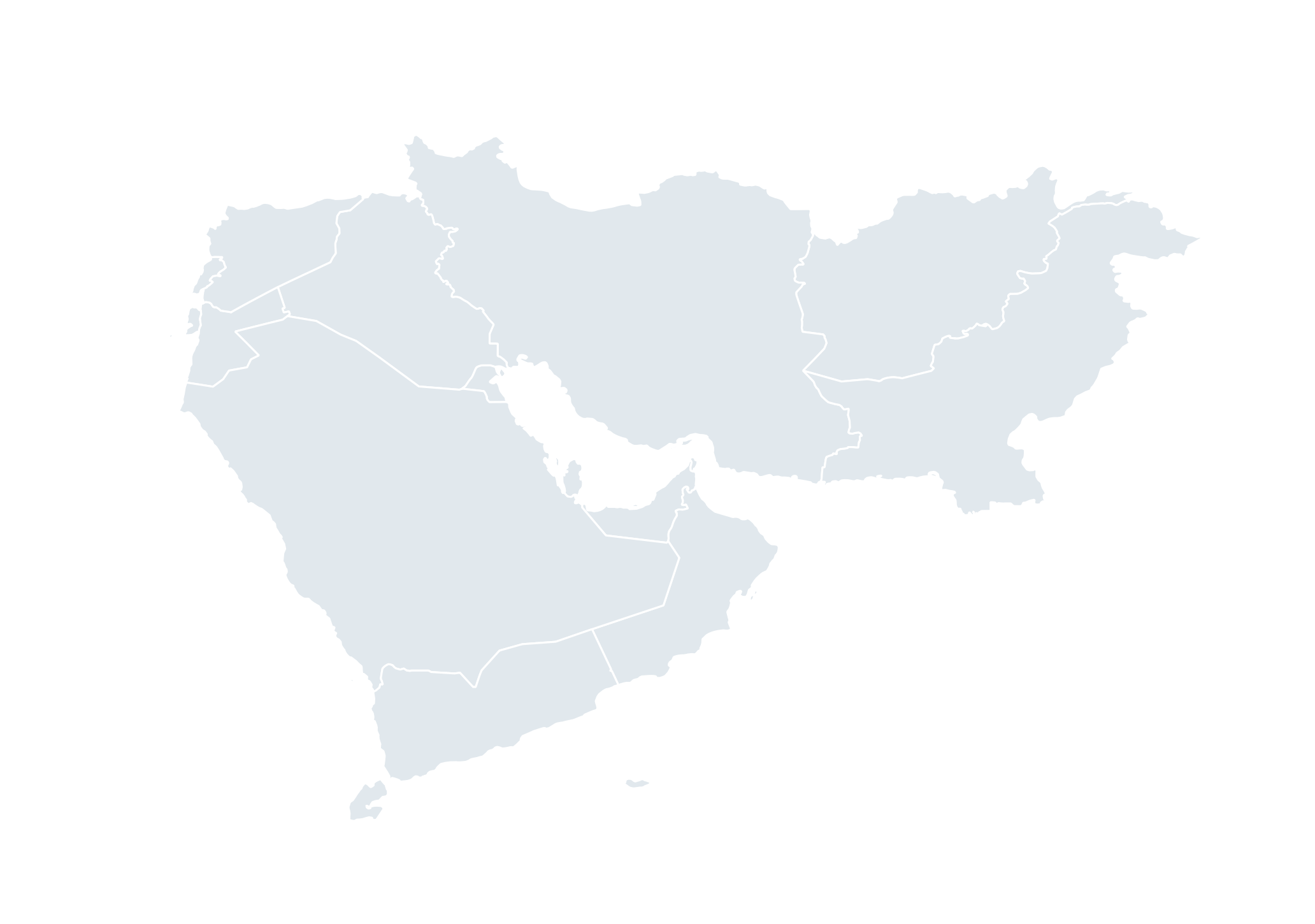India
Photo: WorldFish
FFI is exploring opportunities to build and strengthen large-scale cereal grain fortification programs in 18 Indian states. In each of these states, FFI has identified the nutritional need, political will, and feasibility for the fortification of wheat flour and/or rice through state social safety net programs and in the open market.
For more information on the unique data-driven approach that FFI uses to prioritize state assistance and support in India, see our India strategy.
FFI currently works with four states—Haryana, Madhya Pradesh, Maharashtra, and Rajasthan—to support quality assurance, quality control, advocacy, and project coordination in order to establish sustainable environments for wheat flour and rice fortification. FFI collaborates closely with Indian state governments and in-country partners such as Fortify Health and Nutrition International to build capacity, gather community feedback, and generate awareness to improve national standards.
FFI in Action
In the state of Haryana, we have worked with the government and other partners to conduct a wheat supply chain analysis, calculate the costs for the government to supply fortified wheat flour (instead of wheat kernels) through its social safety net, the Public Distribution System (PDS), and investigated consumer acceptance of fortified foods.
As FFI strengthened fortification in Haryana, it also built pathways to sustain progress. In coordination with the Central University of Haryana, FFI led a short course on food fortification to empower and train the future workforce. The course covered topics including India’s food fortification history, policies, programs, and regulatory monitoring as well as fortification's role in creating a smarter, stronger, and healthier future for the state.
Photo: Village reaction to fortified atta, a type of wholemeal wheat flour
Our Impact
As a result of FFI and partners’ support, Haryana has switched from supplying wheat kernels through its PDS to now supplying fortified atta, a type of whole wheat flour, in five districts throughout the state. Fortified atta now reaches 3.3 million PDS beneficiaries in Haryana. Haryana has also started providing fortified atta through the Mid-Day Meal and Integrated Child Development Scheme (ICDS) in all districts of Haryana, reaching around 1.4 million school children and 1.4 million ICDS beneficiaries. Early impact assessments show a marked decrease in the prevalence of micronutrient malnutrition and its consequences, such as anemia.
Fully implemented, Haryana will improve nutrition for 12.6 million people. FFI will continue to use this model and assist other states, specifically Maharashtra, Rajasthan, and West Bengal, where we are currently conducting supply chain analyses, to implement a similar approach.
Our Goal
Reach 402 million people with wheat flour and rice over the next 5 years
Photo: Bartosz Hadynia
Photo: istockphoto
Region Profile
Food fortification is gaining momentum in India to address the alarmingly high prevalence of vitamin and mineral deficiencies among India’s 1.3 billion people.
In March of 2018, the Haryana state government began distributing fortified atta in two blocks of one district, reaching approximately 177,000 people with iron, folic acid, and vitamin B12. Haryana’s government plans to scale up to eventually reach 12 million people across the entire state. See our 2016 analysis of the potential in Haryana. Fortification in Haryana uses the 2016 FSSAI standards which are in line with World Health Organization recommendations for wheat flour fortification. See more about the Haryana project in our 2018 Annual Report.
Fortifying wheat flour through appropriate market channels could be replicated in 17 states in India to reach 400 million people who are highly vulnerable to vitamin and mineral deficiencies. We are working with public, private, and civic sector partners to expand fortification to appropriate market channels. We have identified 17 other states that could follow the Haryana model for wheat flour fortification.
Atta is whole-wheat flour used to make chapati and roti. Fortifying these commonly consumed foods with folic acid should greatly reduce the number of babies with brain and spine birth defects and the number of children and women with nutritional anemia.
In 2016, multiple stakeholders led by the Food Safety Standards Authority of India (FSSAI) issued a joint declaration noting that “food fortification is a realistic and sustainable complementary strategy to food supplementation and dietary diversification to eliminate micronutrient deficiencies.” Foods to consider for fortification, according to the declaration, include milk, edible oil, rice, salt, and wheat flour.
To have the greatest health impact, grain fortification in India must consider both wheat flour and rice. The amount of rice and wheat in India's food supply is almost equivalent, according to the Food and Agriculture Organization of the United Nations. In 2013, the most recent year for which data are available, the amount of milled rice in the national food supply was 190 grams per person per day; the amount of wheat was 166 grams per person per day.
Fortified rice is available through social safety net programs in the states of Odisha and Karnataka. Also, fortified rice is being distributed in two research trials in India – one in Tamil Nadu and one in Gujarat.
Twenty-four Indian states report anemia prevalence between 26 to 65% among married women; the average is 50%. The World Health Organization calls anemia prevalence over 40% a “severe” public health concern. Anemia can result from many things in addition to nutritional deficiencies. Regardless of its cause, anemia leads to debilitating fatigue, lowers productivity, limits cognitive development in children, and contributes to maternal deaths.
In India, 45 of every 10,000 births (live births and stillbirths) have a defect of the brain or spine. With 25.6 million annual births, this equates to 115,390 birth defects of the brain or spine every year. Adequate intake of folic acid (a form of vitamin B9) could prevent more than 100,000 deaths among children under five years of age every year.
These mostly preventable birth defects are also called neural tube defects.
Wheat flour and rice fortification is voluntary in India. Voluntary means the country has a standard for the nutrients and the amount of each nutrient to include if grains are fortified, but fortification is not mandatory. Maize is not widely consumed in India. See the Global Fortification Data Exchange (GFDx) in English or in Spanish (en español) for information on when the country’s legislation was passed and whether the country also fortifies cooking oil and salt.
Fortification Legislation Status
Click on any of the column headings to sort the list by country, wheat flour, maize flour, or rice.
Loading...
Our definition of legislative status:
Mandatory: Country has legislation that has the effect of mandating fortification of one or more types of wheat or maize flour or rice with at least iron or folic acid.
Voluntary: Country has standard for fortification, but fortification is not mandatory.
If the information we have is incorrect, please send updated information to info@ffinetwork.org



























